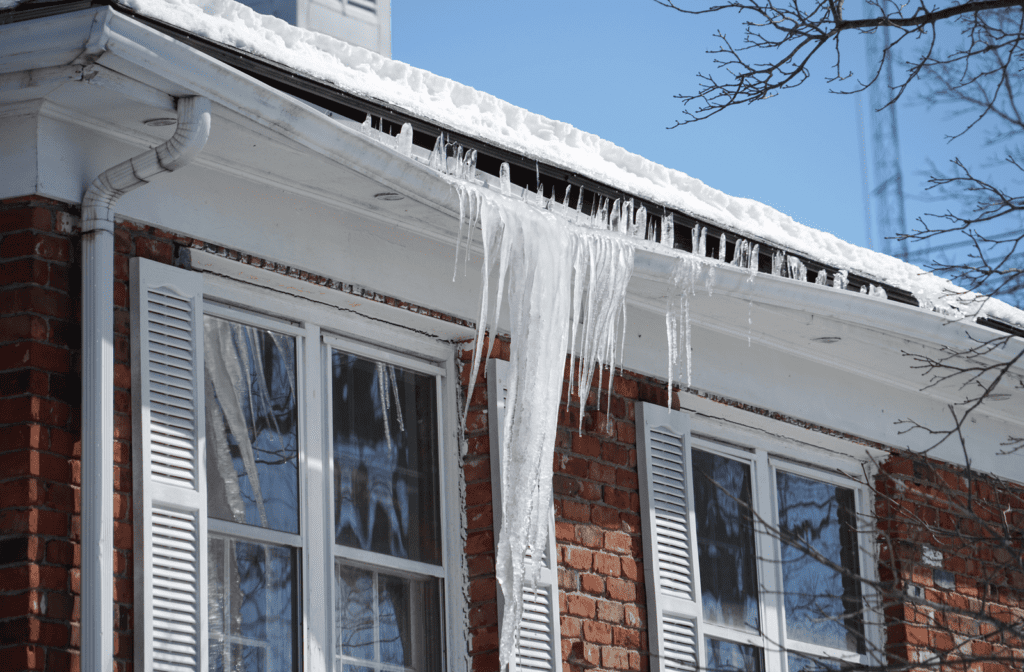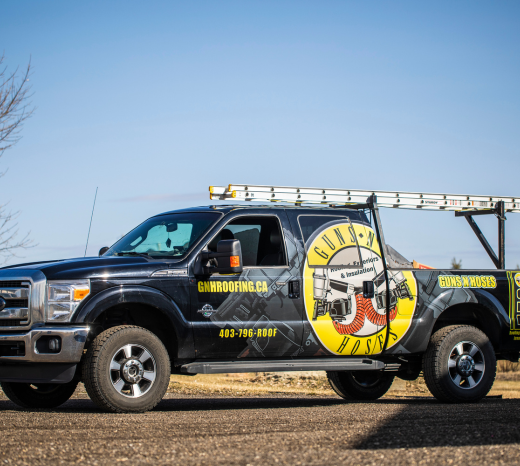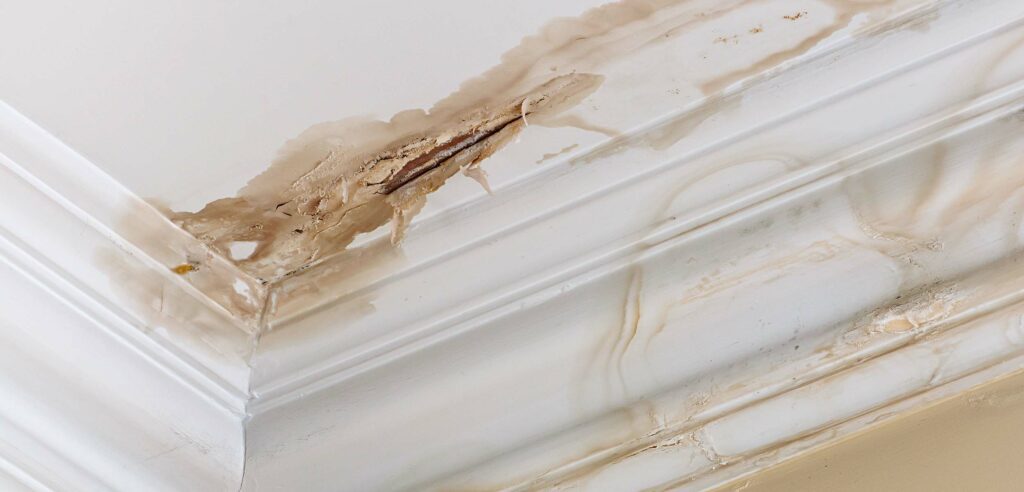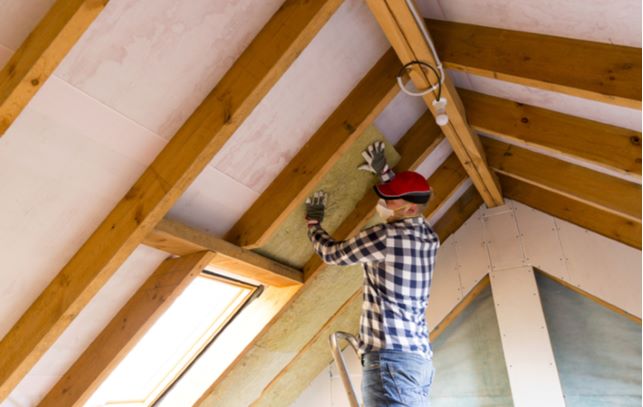Insulating your home is vital for both your physical and financial comfort, but many homeowners make one basic mistake when it comes to insulation: they neglect the attic. A poorly insulated attic can be a tremendous source of heat loss. After all, heat rises—remember 6th grade science class?
You might be experiencing higher utility bills...

Insulating your home is vital for both your physical and financial comfort, but many homeowners make one basic mistake when it comes to insulation: they neglect the attic. A poorly insulated attic can be a tremendous source of heat loss. After all, heat rises—remember 6th grade science class?
You might be experiencing higher utility bills than usual this winter, but how can you tell whether it’s due to lousy attic insulation or something else entirely? That’s where we come in. The team at Guns ‘N’ Hoses is here to tell you about the biggest red flags for attic insulation issues, so that you never have to worry about losing heat to the cold November rain again.
What Are the Signs of a Poorly Insulated Attic?
Attic insulation can reduce your cold-weather heating costs by as much as 30%, so it’s critical to take care of it. Attics with sub-standard insulation have a few key tells, so keep your eyes out for the following signs:
Bathroom Fan Staining
The number one sign you have an attic insulation issue is staining around your bathroom fan. Typically, you’ll see a water stain around your bathroom fan that is yellow-brown in colour.
You may also notice staining around other fans or light fixtures in your home. This is because when your attic isn’t insulated properly, ice can form around the fan’s vent pipe.
As temperatures increase, the ice melts, dripping around the fan opening and causing staining.
Rising Energy Bills
This is one of the most obvious signs that your home has insulation problems, but it’s also one of the most reliable. Remember, insulation doesn’t just keep heat inside your house during winter—it also prevents cool air from escaping if you run an air conditioner in the summer.
If you notice suspiciously high utility bills at any time during the year, it’s time to check your insulation. You may also notice that your furnace or air conditioner is running frequently or almost all the time. If your insulation isn’t up-to-par, your furnace and AC will have to work harder to maintain your home’s temperature.
Mould and Moisture
Mould and moisture issues are very common in Alberta, since the temperature can change drastically from day to night. One of the best ways to check for poor attic insulation is to actually take a look inside your attic.
If the air is moist, chances are good that at least some of it is coming in from outside, and that spells insulation problems. Moist air often causes mould to form in enclosed spaces too, so check in the corners and behind any furniture you might be storing up there.
Drafts
If your attic has severe insulation issues, the cold air up there will probably create a draft near the hatch. Go to the area surrounding the hatch and feel the air with your hand. If it seems cooler than the air elsewhere in your home, your attic is probably the culprit behind your home’s heat loss.

Ice Dams
Problems with your attic insulation will result in more heat leaking through specific places on your roof. When that happens, it can cause the snow above those areas to melt and run down your roof as liquid water until it’s away from the heat—at which point it will refreeze.
The resulting buildup of ice along your roof’s edges is called an ice dam, and it can cause significant damage to shingles and tiles. If you see a suspicious number of icicles hanging off your rooftop in the winter, call a roofing company to assess your roof for damage (and have them check your attic insulation while they’re at it).
Pest Infestations
The most common pest problem in Calgary and surrounding areas are squirrels. Despite their small size, squirrels can do a lot of damage to your insulation. Insects can be another problem.
Most crawling insects come into homes through ground-level areas, and rodents can get in from just about anywhere. However, flying insects such as bees and wasps often build hives in attics, and the attic can be a prime spot for small birds to build nests. If you see anything with wings, have a pro come visit and check out your attic insulation for unwanted guests.
Frozen Pipes
Completely frozen pipes are rare, but it can happen. More commonly, you’ll probably end up with the bathroom fan staining we described above.
However, many homes have piping that runs through or near the attic. Poor attic insulation can leave these pipes vulnerable to freezing during the winter, as heat leaks to the outside and cools the air around them.
Water Leaks
If your attic pipes do freeze, there’s a chance they’ll crack when they eventually thaw out and the metal warps. If that happens, you’ll probably notice water dripping from your ceiling or down your walls.
Water damage can weaken the structural integrity of your home and reduce its value significantly, so turn off the water in your home as soon as you notice this problem and get in touch with a plumber. While you’re at it, call an insulation specialist to fix the problem in your attic and make sure your pipes won’t freeze again in the future!
Know the Signs & Protect Your Attic
Recognizing the signs of damaged or inadequate attic insulation doesn’t just lower your utility bills and keep your indoor temperature comfortable. It also prevents the pipes and surfaces in your attic from damage that could easily affect other parts of your home.
If you suspect that your attic is suffering from an insulation problem, contact a licensed professional insulation expert who can accurately diagnose the problem and provide you with a quote for effective repairs.



